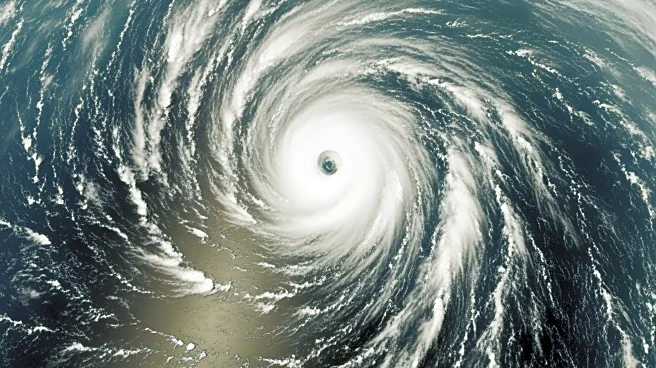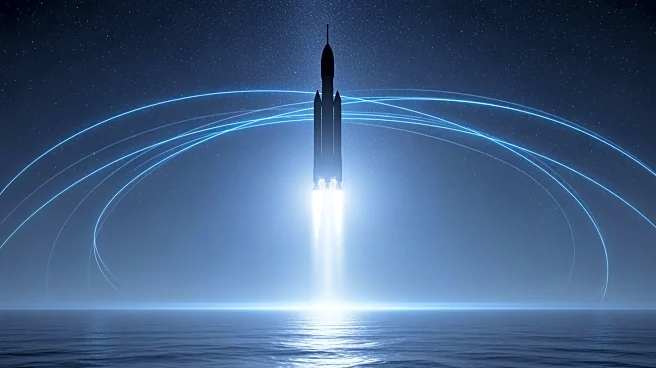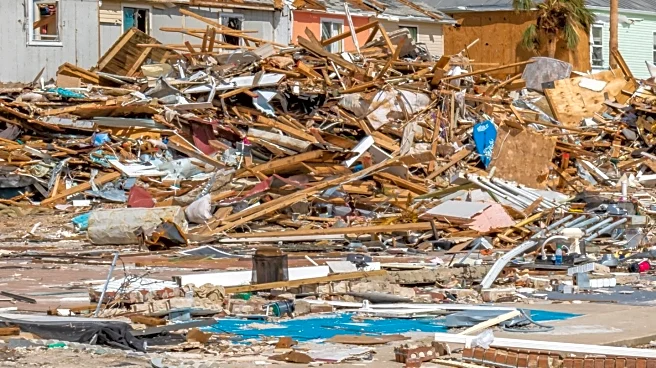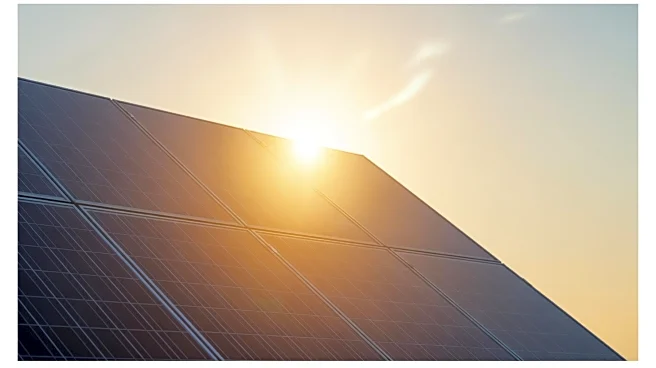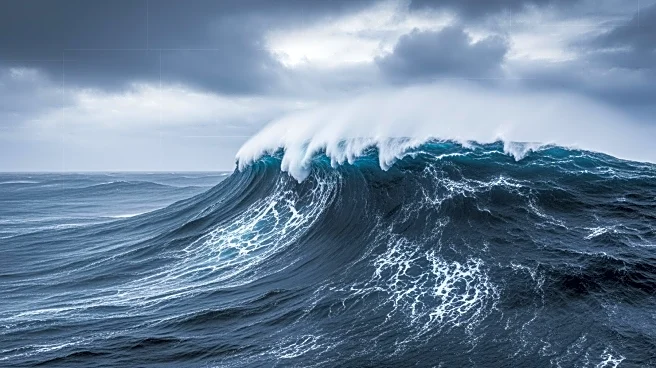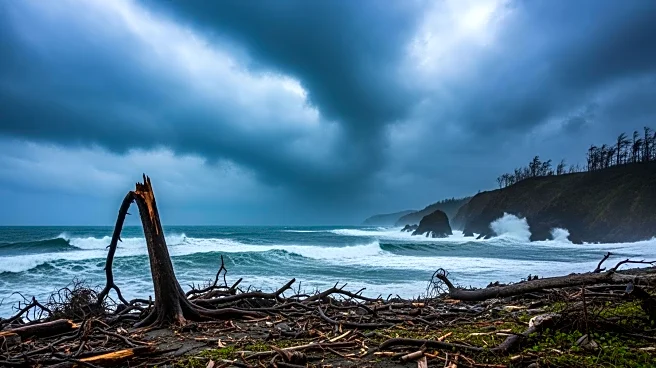What's Happening?
Hurricane Melissa recently made landfall in Jamaica as a Category 5 storm, causing widespread destruction with winds exceeding 185 mph and heavy rainfall leading to severe flooding. The storm disrupted power grids and isolated communities across the island.
Satellite imagery from the European Space Agency's Copernicus Sentinel-3 has been instrumental in analyzing the storm's intensity, showing the temperature differences that fuel such powerful hurricanes. The data suggests that human-driven global warming is contributing to stronger hurricanes by increasing ocean temperatures, which provide more energy to these storms.
Why It's Important?
The increasing intensity of hurricanes like Melissa highlights the urgent need for improved forecasting and preparedness strategies. As global warming continues to elevate ocean temperatures, the frequency and severity of such storms are likely to rise, posing significant risks to coastal communities and economies. Understanding the dynamics of hurricane formation and growth through satellite data can aid in developing better predictive models and disaster response plans, potentially saving lives and reducing economic losses.
What's Next?
Efforts to enhance hurricane monitoring and prediction will continue, with a focus on integrating satellite data into forecasting models. Governments and international organizations may increase investments in climate resilience and adaptation strategies to mitigate the impacts of future storms. Collaboration between scientific communities and policymakers will be crucial in addressing the challenges posed by climate change-driven weather events.
Beyond the Headlines
The situation underscores the broader implications of climate change on global weather patterns and the need for international cooperation in addressing environmental challenges. Ethical considerations regarding climate justice and the disproportionate impact on vulnerable regions may gain more attention.
